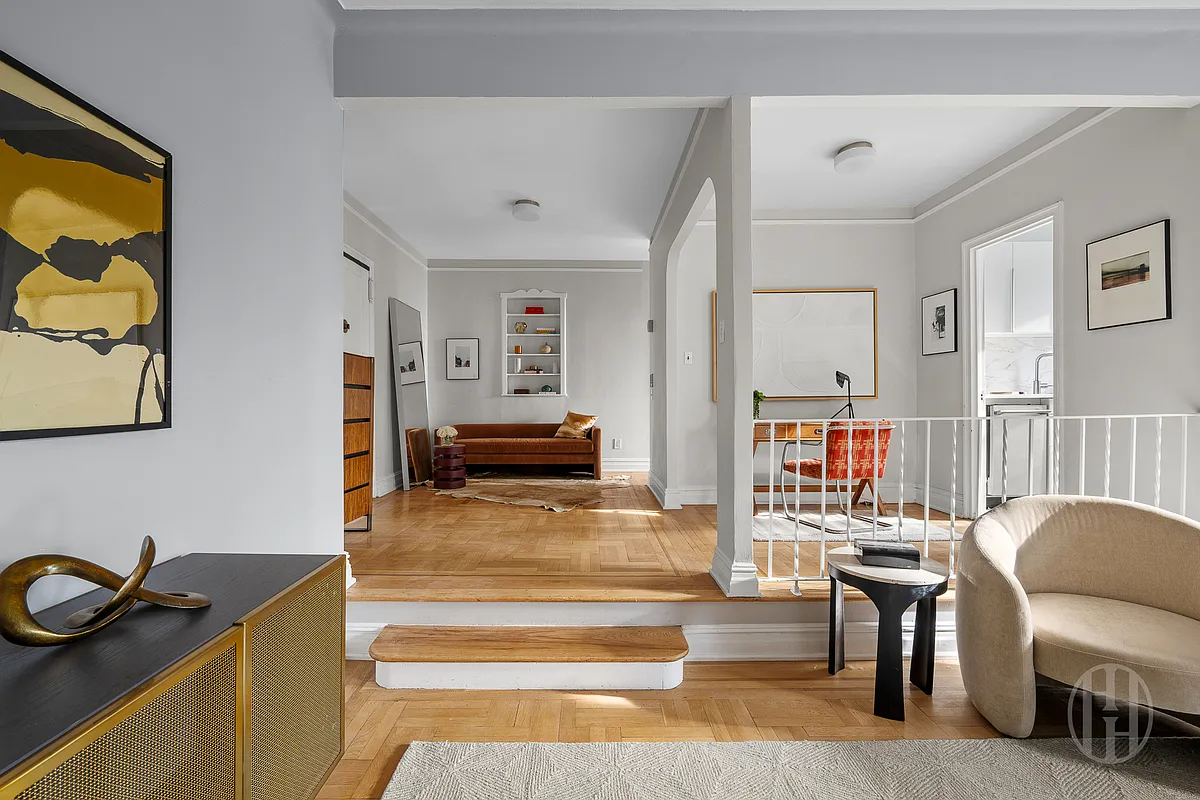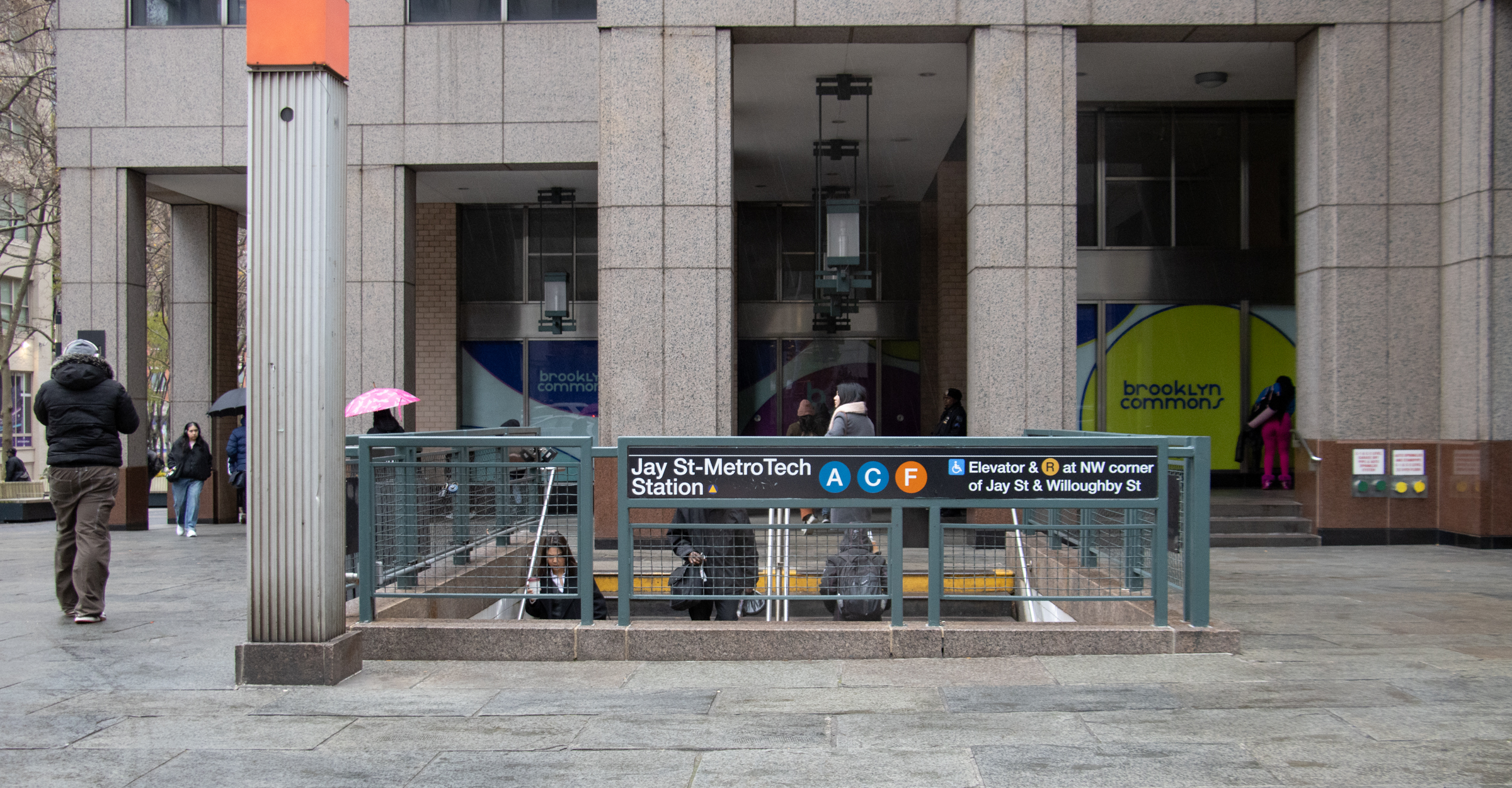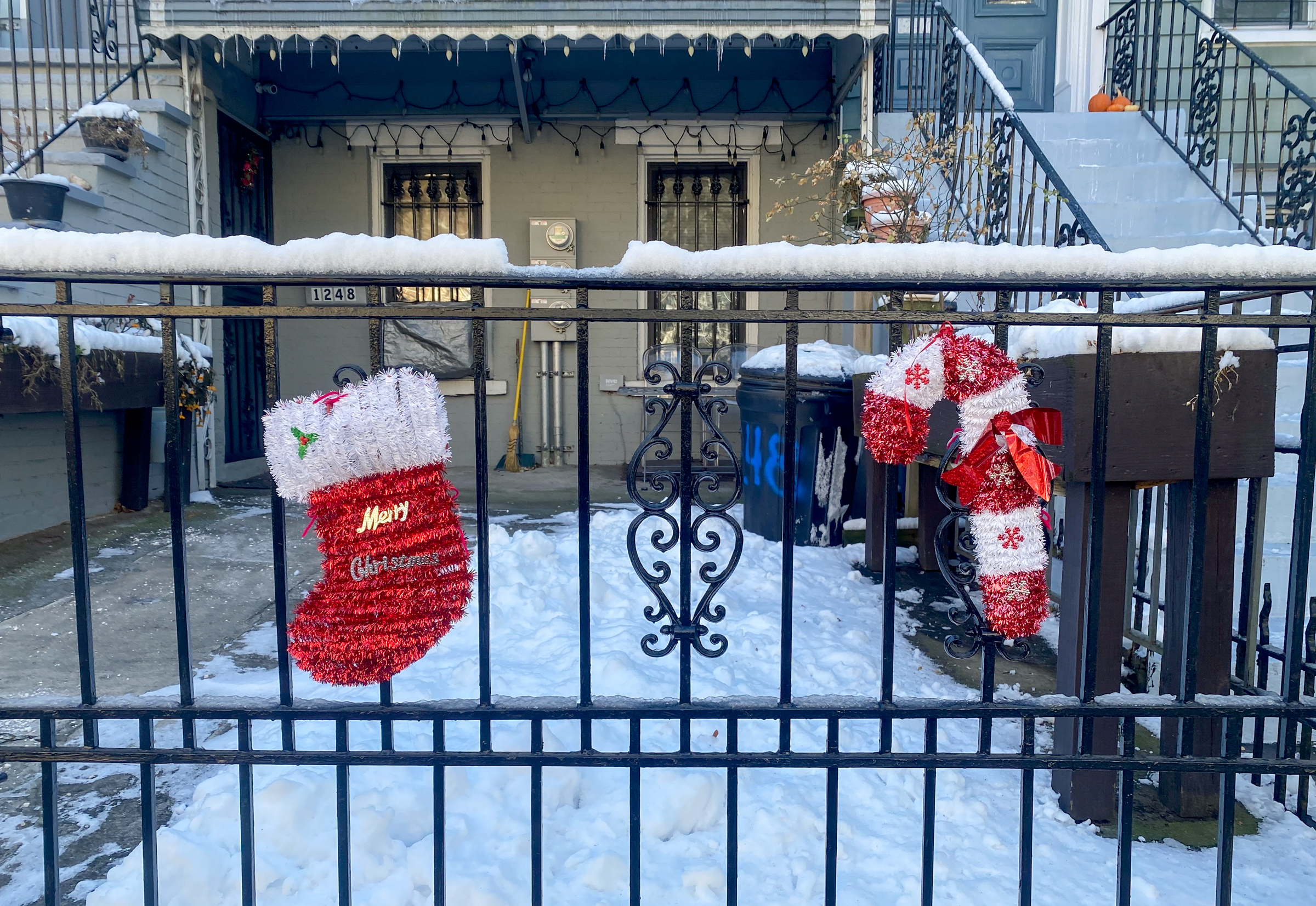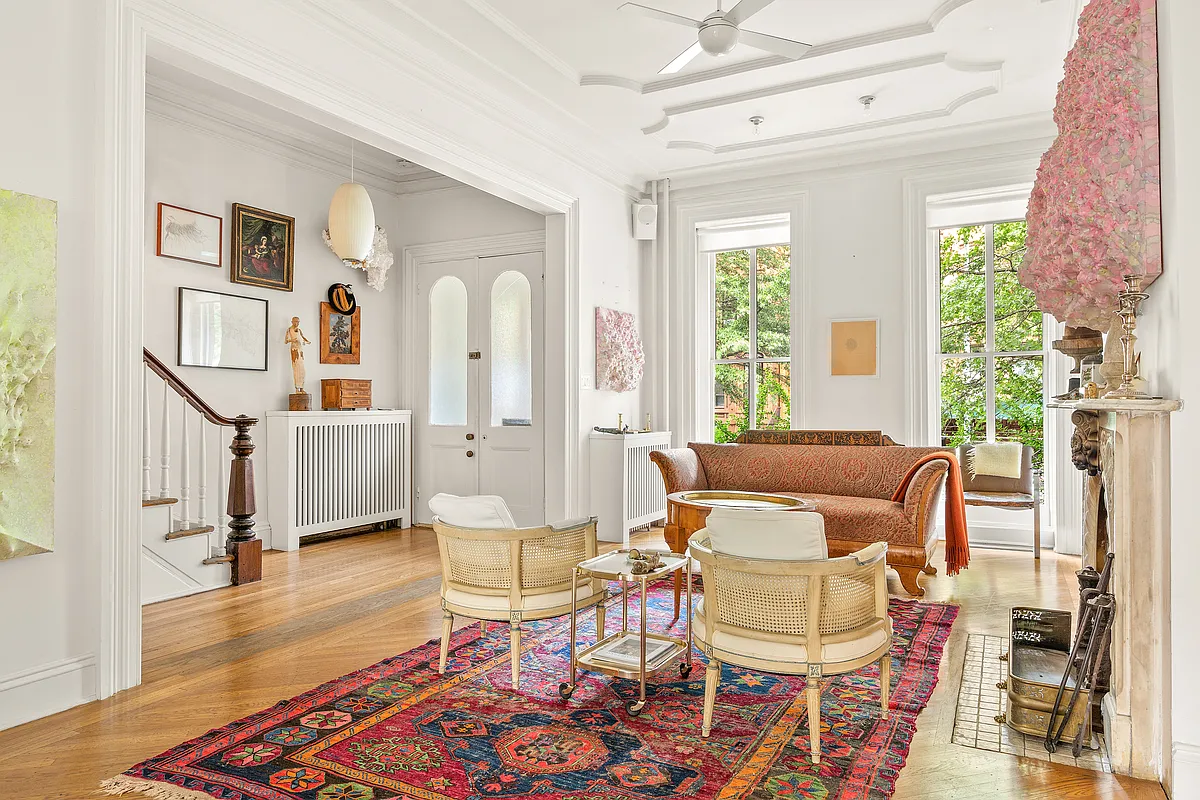Inside Third & Bond: Week 62
This week, the Hudson Companies bloggers spill the beans on their projected construction costs. Last week johnife reminded us of his question about the guaranteed maximum price (GMP) contract value and gross square footage of the development in other words, he wants to know our construction costs per square foot. Yes, johnife, we are ready…


This week, the Hudson Companies bloggers spill the beans on their projected construction costs.
Last week johnife reminded us of his question about the guaranteed maximum price (GMP) contract value and gross square footage of the development in other words, he wants to know our construction costs per square foot. Yes, johnife, we are ready to share. But first we want to talk a little about construction costs in general, since it has been coming up a lot around the office, the job site, and in the media.
What do we expect to happen with construction prices now that construction starts are dropping considerably? There are a bunch of hypotheses out there:
1) As demand drops, subcontractors won’t get enough work to sustain themselves and will shut down. The result will be a smaller supply of subcontractors and thus prices will stay where they are or rebound after a short period of bidding wars.
More hypotheses and hard numbers below.
2) NYC demand has less influence on the price of building materials than the costs of the raw materials themselves. If petroleum is expensive, then all the petroleum-based products will be expensive. Material costs might even increase.
3) NYC demand has less influence on the price of materials than global demand. India, China, Russia are all in construction booms. The latest round of natural disasters also has an effect roofing material costs aren’t budging for this reason.
4) As construction starts plummet, contractors and subcontractors will constrict to stay afloat until things pick-up that’s the routine. Overall, quality will improve because the best workers will be doing the work that remains while the others are laid off. Prices won’t move much but we’ll get more for our money. Also, when the best workers are on the job we get higher productivity and construction can be completed more quickly.
5) This is an unprecedented global crisis and the psychology of it, if not the economics, will slow everything down making contractors and subcontractors hungrier for work. They will drop prices, eroding their own margins.
6) Shortly after Obama is sworn in, there’s going to be a stimulus package with a substantial focus on housing construction.
Based on Hudson’s experiences over the last 22 years or so, we expect it will be a combination of many of these. Foremost, quality will improve. There will be some price drops but prices won’t plummet because there is enough latent demand for building materials world-over.
Trades we’re seeing drop prices now or expect to drop soon: tile, metals, cabinetry. Contractors are accustomed to the cycle of real estate those who are flexible and plan ahead for the lean times will get through by tightening their labor team and profit margins. But prices won’t go into a free-fall. If we thought that was the case, we’d be holding off on the GMP as long as possible.
Speaking of, we’re looking at a GMP for Third + Bond, which is a 44-unit, luxury, green condominium project, of approximately $250/SF. Fifteen months ago when we first estimated construction costs, we thought they’d be $235/SF. We’re not far off, especially given that in the past few years, there have been huge increases in hard costs between initial conceptualization and buy out of trades a year later. As we proceed with construction, we’ll be trying to decrease that number through value engineering but there will also be change orders for unanticipated issues that will be pushing from the other direction. Even after the GMP is in place, there are pressures on the budget.
The construction costs for Third + Bond are reasonable for this type of project. Construction costs can range from $160/SF to $400/SF for residential projects in New York City. Costs depend on the structural type a stick-built single-family house is at the low end of the spectrum and a steel high rise is at the opposite end, and the level of finish—the fancier the building, the more costly. Our costs for Third + Bond seem about right especially given some tricky soil conditions. Our foundation costs are $42/SF; our project costs could have been lower with the same building if our soil was better. The soil is far from a deal-breaker though we weren’t forced to change the design program because of it.
At the site this week, we’re continuing the underpinning of our neighboring buildings and bringing in the crushed stone to go beneath our concrete foundations.
Inside Third & Bond: Weeks 1-60 [Brownstoner]
From our lawyers: This is not an offering. No offering can be made until an offering plan is filed with the Department of Law of the State of New York.”





My dear Johnife,
First – I am not directly involved in construction or development but am involved in a lot of real estate transactions. Second – I am sharing my thoughts as a structural engineer (by trade – stopped practicing a while back). I truly beleive that this project has been going on for so long and not a lot to show for it. Third – I truley beleive that the foundation design is a product of bad engineering (in terms of cost efficancy).
I wouldn’t want to undermine your expertise in cost estimating but that’s exactly the point. The prices that you mention are good ONLY for union labor, union contractor. The big difference between our values come not from the REAL costs of getting things done, they come from somwhere else – the fixed costs that Hudson Co. is paying – project managers, project assitants, offices, etc.
In hard times like this you need to trim the fat. You can ask any consulting company. Take my numbers multiply by 145% and we will get yours. (145% overhead).
I am not pretending to know what I am talking about I know what I am talking about.
Also, I know we disagree on prices but don’t you think 62 weeks they should have been able to get out of the ground?
From a financing point a view if I was the lender I would get very nervous.
From an owners point of view – heads would be rolling. The carrying costs become a burden. (I dont know for how long they signed but probably they will go to extensions – which cost more money).
Bottom line – This is what drives housing costs up.
Johnife, this is not personal, it’s just my opinions.
😉
Just to be clear, Ethan, I’m not with Hudson Co.; merely someone who has, in a 40 year career as a construction estimator with some major contractors, consistently achieved an accuracy within 5% of ultimate bid numbers. And your background is?….aaah, diamonds. On that point, how is “I am from the business” relevant to your August 22nd post on the Novo thread?
I sure as hell can’t tell a Mazarin cut from a Peruzzi cut diamond and wouldn’t dream of pretending I could. Let’s both just stick to what we know.
Mr. Johnife,
Let’s do a little math. I am not familiar with your site but let’s throw some rough numbers.
First underpinning – 60 X 10 X 3 = 1800 / 27 = 67 CY. Let’s say 75 CY. Concrete 3500 – 4000 psi (sufficient) @ 110 per CY = 8250$ for concrete. 3 Labor maybe 8 working days @ 200 $ per day = 1600 * 3 = 4800$. Forms (box pits etc. ) maybe 4000$. Maybe 20K. Hence 270 – 300 per CY.
Second – spread footings – 110 for concrete / 165 for labor / maybe 35 for material. Hence 300. Let me be generous 400 $ per CY. Even if its 14″ the forms – same, rebar – minor adjustment, concrete – more. By the way – 14″ bad design (engr.) / drilled piles – bad design (engr.) / 62 weeks – bad contractor.
It’s funny how you keep disregarding my claim that the foundation design is bad engineering. You talked about value engineering – reduce the numbers of piles. That is not value engineering. That is more of the same – bad design.
You are right about construction cost being maybe 215$ per Sq. Ft. – but what makes it true is the cost of material on the interior aspect of the project and mechanical systems (central air, elevators, etc.).
Last thing, I am NOT form the construction business nor development business. Only diamonds… 😉
Ethan, where do you get your prices from, 1983? Underpinning (with it’s inherently piecemeal operation, alternate 4′ 0″sections): try $1,500/CY. Excavation; yeah, you might be able to dig it out somewhere in your range but where are you gonna put the dirt? On the street? Add another $40/CY for trucking and dump fees. Again, with the foundations you seem to have forgotten the formwork ($15/SF)and rebar ($1.95/LB at about 75#/CY). All in all spread footings are gonna cost you $600 – $700/CY. And if you think your concrete rate is applicable to basement walls, you’re totally out in left field. At the typical rate of $75/SF for a 14″ thich wall, that’s more like $1,800/CY! For sure, if you’re actually in the construction business, I would absolutely love to see the work quality you’re producing at your rates. We all need a good laugh in these troubled times.
One more thing Alison – Market price for foundation work:
25 – 30 $ / CY – excavtion
300 – 350 $ / CY – Foundations (material and labor)
120 – 140 $ / LF – Drilled Piles
If you paid anything above this you guys don’t know what you are doing.
Cheers 😉
Alison
First you did not address BK Dev comment about the time it has taken you to get out of the ground (which you still haven’t). Second $42 a foot that’s crazy for earth work. How much are you underpinning maybe 60 lf for a depth of 10 ( X 2.5′). That’s nothing – maybe 300$ per CY – labor and material.
You never addressed my previous posting about your foundation design – the use of mini piles for a four story building. (And don’t tell us these stories about “terrible soil conditions”). Post your geomechanic analysis or boring tests and I’ll give you some tips.
If you guys were working for me you would all be out of a job.
Right on, johnife!
The substructure cost figure I included above is for foundations, excavation, piles, underpinning, waterproofing — everything — and it is spread over the GSF which in our case isn’t even 5 full stories. You are also right that we have a true cellar (which I’m counting Ethan) that has living space including bedrooms. (And yes, all of this cellar space is counted properly in terms of our FAR — no tricks.)
Thanks for the info, Hudson Co. I assume the $/SF includes includes the GC’s general conditions? If so, sounds like you got a very fair price there. In the course of my job I’ve been researching affordable housing costs (to get an idea of the differences between those developments and the market rate / condo projects I’m more typically involved in) and they, with a much lesser finish/appliances specification than what I would imagine you’re calling for, seem to be running around $220 to $225/SF.
Have to agree with you on the unlikelihood of a huge fall in construction costs resultant from the recession. There might be a fairly substantial easing though, as this article from the era of the early ’90s slowdown records (including mention of one of the jobs i was on in my days with Morse Diesel):
http://query.nytimes.com/gst/fullpage.html?res=9D0CE7DE1438F932A3575AC0A967958260&sec=&spon=&pagewanted=all
I’m hearing anecdotal evidence of mid-rise concrete frames falling from $85/SF to $70/SF over the past three months or so.
As to bkdev’s comment on the substructure cost per SF, it sure does seem high but I’m guessing that you have a true cellar level on the project with the cost of all its components (excavation, slab on grade, basement walls and waterproofing, etc.) being spread over only 5 floors. While the actual support elements of a building substructure (i.e. the actual foundations) have a relatively constant relationship to the building square footage on a particular site whether the building be short or tall, the basement construction element gets much cheaper per gross building SF as the building gets taller.
Are you talking about 250 / Sq. Ft. on the gross inlcluding cellar / basement and roof or above grade including roof or above grade excluding roof ?
What is the price per net Sq. Ft. ? If you sell for maybe 700 $ per foot what is the price for the hard cost on the net basis?